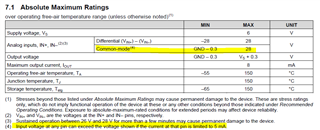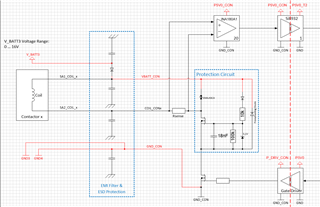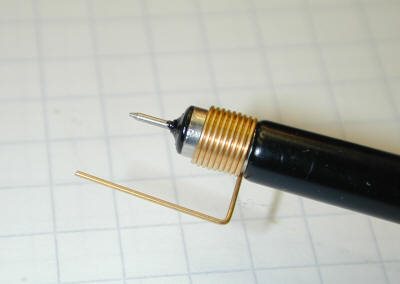Other Parts Discussed in Thread: INA180, INA181
Dear TI experts,
I'm using the INA180-Q1 (A version) in an automotive application in differential amplifier configuration for a high side current measurement.
The sense resistor (22 mΩ) is connected between the positive and negative input signals. The common mode voltage is typically 12V from the battery.
We observe that INA180 is destroyed at common mode voltages higher than 5V. According to the datasheet, the common-mode range is 28V max.

1- Does this behavior have anything to do with missing input current limitation? (See note 4 in absolute max. ratings). Do the input terminals need current limiting resistors?
2- I'm not sure how the input pins could draw more than 5 mA. The internal input resistors are specified as 25 kΩ according to Table 1. Input Resistance of datasheet. Do you have input protection diodes in front of the internal resistances which might be conducting high currents? Can you provide me with a more detailed block diagram?
Thanks in advance,
Utku Karakas






